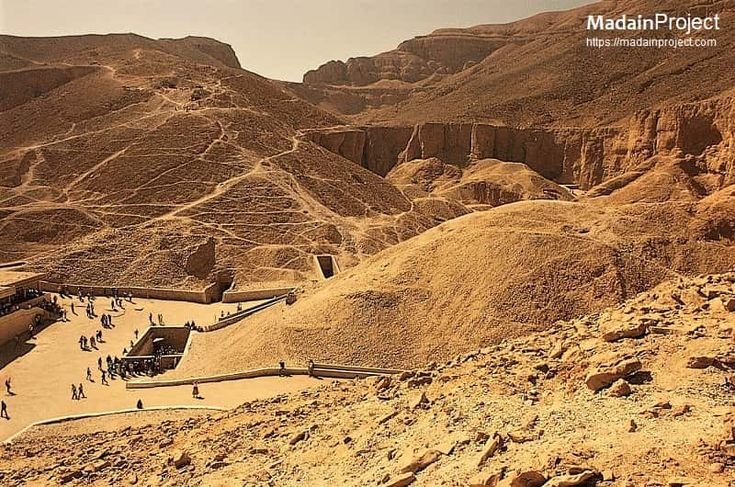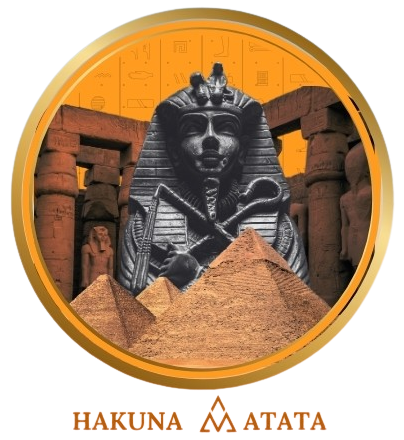Introduction The Valley of the Kings in Luxor, Egypt, is a globally captivating archaeological site. Have you ever wondered why it has this regal name? This article explores the historical reasons behind the "Valley of the Kings" moniker. It also ...[ read more ]


